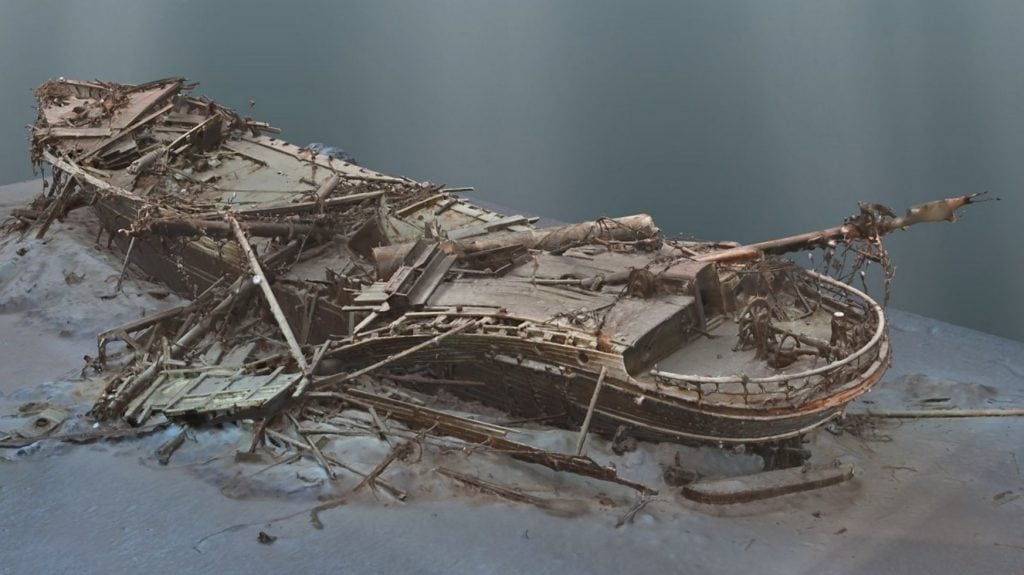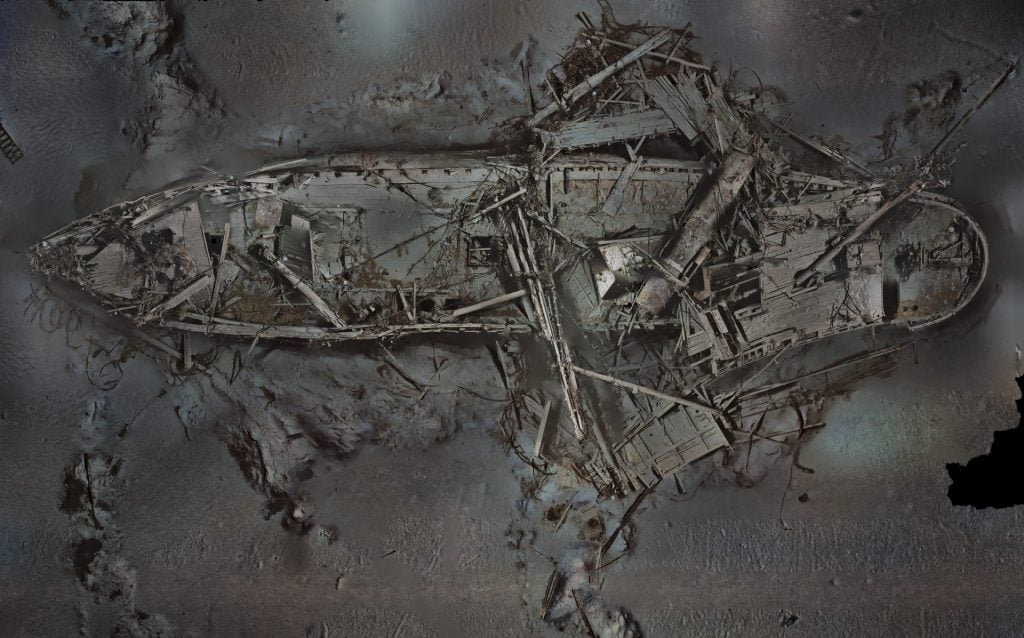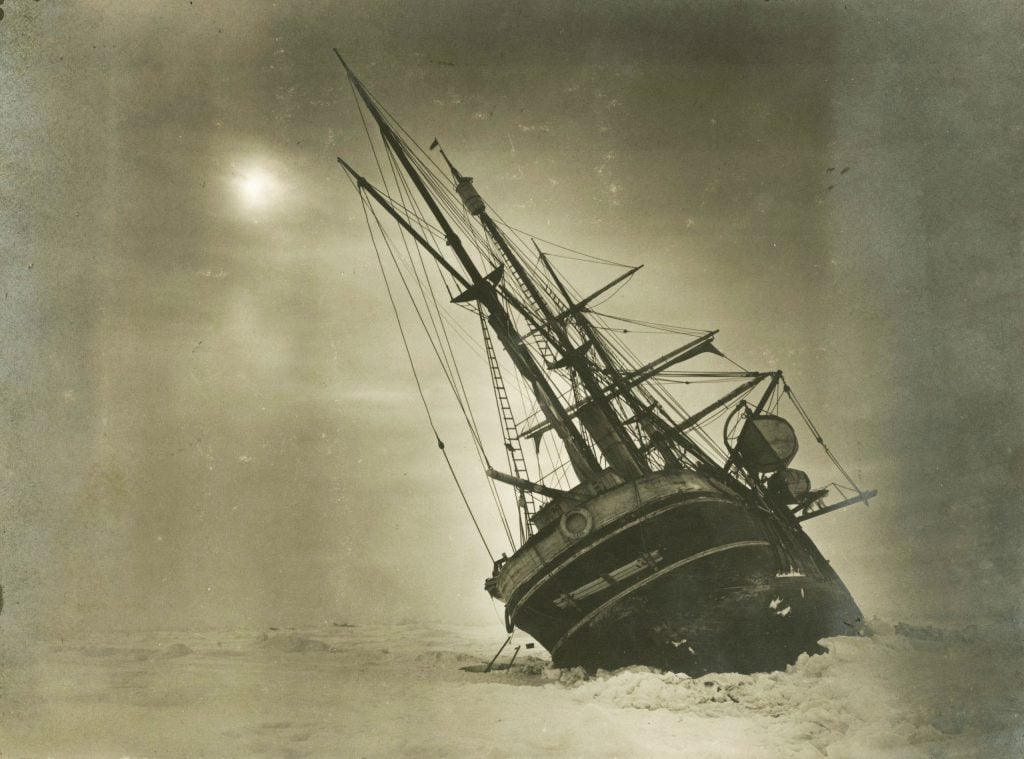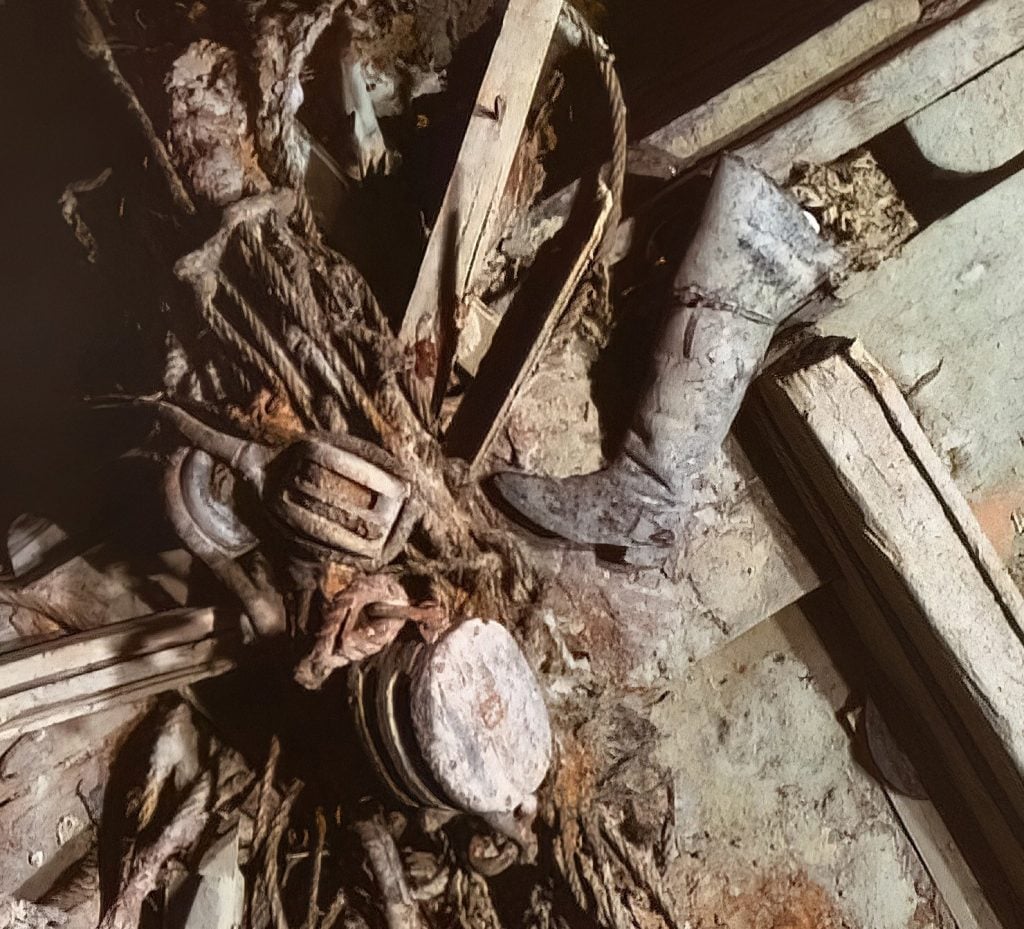Archaeology & History
Infamous ‘Endurance’ Shipwreck Unveiled in New Detail Through 3D Scans
The shipwreck of Ernest Shackleton’s vessel was discovered at the bottom of the Antarctic Ocean two years ago.

The shipwreck of Ernest Shackleton’s vessel was discovered at the bottom of the Antarctic Ocean two years ago.

Tim Brinkhof

In the fall of 1914, Ernest Shackleton and his crew set off from South Georgia in the southern Atlantic Ocean towards Antarctica. The Irish explorer had attempted to reach the South Pole twice before, both times to no avail, and despite extensive preparations, his third expedition would prove to be the most disastrous yet.
In 1915, Shackleton’s ship, the Endurance, got stuck in the Weddell Sea, lodged between enormous blocks of pack ice. The crew would spend the next 10 months hoping for the ice to melt. Instead, temperatures dropped further still, damaging the vessel’s wooden bow until the Endurance gave way under its own weight, disappearing into the dark, cold depths of the Antarctic waters.
The exact location of the Endurance remained unknown until, more than 100 years later, researchers from the Endurance22 Expedition, a project organized by the Falklands Maritime Trust, managed to locate the wreck’s final resting place at 9,842 feet below the Weddell Sea’s surface. Instead of diving down to observe the wreck in person, the team used digital 3D scans to create some 25,000 high-resolution images.

A 3D scan of the Endurance shipwreck. Photo: Falklands Maritime Heritage Trust / National Geographic.
Aside from its decaying mast and railings, the Endurance appears to be in excellent condition, courtesy of the Weddell Sea’s cold temperatures and weak currents. One image shows the plates Shackleton’s crew used for their meals, while another includes a boot that may have belonged to the captain’s second-in-command, Frank Wild. A third depicts what appears to be a flare gun, possibly the one expedition photographer Frank Hurley used when the ship got stuck.

The Endurance leaning to one side during the Imperial Trans-Antarctic Expedition led by Ernest Shackleton. Photo by Frank Hurley/Scott Polar Research Institute, University of Cambridge/Getty Images.
“Hurley gets this flare gun, and he fires the flare gun into the air with a massive detonator as a tribute to the ship,” John Shears, a polar geographer and environmental scientist who participated in the Endurance 22 Expedition, recently told the BBC. “And then in the diary, he talks about putting it down on the deck. And there we are. We come back over 100 years later, and there’s that flare gun—incredible.”

A 3D scan of the Endurance shipwreck. Photo: Falklands Maritime Heritage Trust / National Geographic.
The images are on full display in Endurance, a new documentary that chronicles the 2022 expedition and the research that followed. Produced by National Geographic, it’s set to premiere on November 1.
The documentary also tells the story of Shackleton’s crew, who, in what can only be described as a miracle, didn’t go down with their ship. When it became clear that the vessel would not be able to escape, the explorers took what rations they had left and set up camp on nearby Elephant Island.
From there, Shackleton and five crew members took one of their rowboats and sailed 8,000 miles to South Georgia. When they returned months later with a rescue party, they learned—to their surprise as well as their delight—that not a single person had died. The expedition had failed, yet they still got a happy ending.